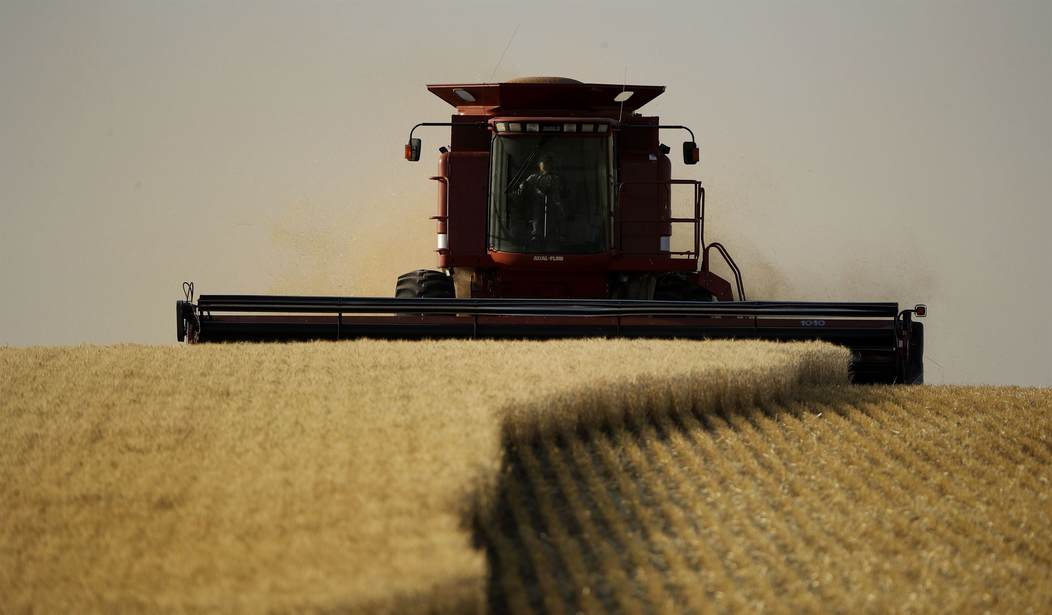Among the many very bad things coming out of Russia’s invasion of Ukraine has been the impact that the war is having on the nation’s agricultural activities. Ukraine is among the largest producers of wheat in the world, or at least it was until Vladimir Putin lost his mind. The country typically accounts for nearly ten percent of the global wheat export market. (They export an even larger share of corn.) But the war is slamming the brakes on Ukraine’s wheat production, possibly because all of their tractors are otherwise occupied towing Russian tanks to the recycling centers. This sudden hole in the global supply chain is producing some unexpected negative results in other nations. In the United States, there will still be a robust supply of wheat this season and farmers are anticipating some record prices for their crops. But in most cases, they are unable to find anyone to buy it. (Reuters)
After Russia’s invasion of Ukraine sent global wheat futures soaring, U.S. farmer Vance Ehmke was eager to sell his grain.
Local prices shot up roughly 30% to nearly $12 a bushel, about the highest Ehmke could recall in 45 years of farming near the western Kansas town of Healy.
Instead of reaping a windfall, Ehmke found a commodities market turned upside down. He and his wife Louise told Reuters they couldn’t sell a nickel of their upcoming summer wheat harvest for future delivery. Futures prices for corn and wheat had rocketed so abruptly that many along the complex chain of grain handling – local farm cooperatives, grain elevators, flour millers and exporters – stopped buying for fear they couldn’t resell at a profit.
This aspect of the global supply chain for wheat is very similar to the global oil market and it can be confusing to those who don’t deal with these industries. Long gone are the days when farmers would just grow their crop and transport it to the local market and negotiate the best price they could get for it. Much the same as with oil, almost no one actually buys or sells wheat today. They buy and sell wheat futures, with prices being based on what the market believes the supply and demand levels will be at harvest time.
Normally, when one source of a commodity suddenly dries up, that’s actually good news for other suppliers who still have products to offer. Increased demand drives up prices and profits. And the current anticipated wheat prices are the highest that most American farmers can remember seeing in their lifetimes.
That means that the dearth of Ukrainian wheat this season should be great news for American farmers. But the entities that purchase most of the wheat are currently spooked by those high prices, fearing that the situation will change drastically by harvest time and they won’t be able to turn a profit when they process or sell the crops. As a result, many of them are staying on the sideline and not placing their orders.
This leaves the farmers in a tough position. You need to know in advance how much wheat you need to plant, as well as how much you will be spending on seed, fertilizer, and other resources for each acre. If you plant too much, some of it will either go to waste or you’ll be forced to sell it at a loss. If you plant too little, you may not realize enough of a profit to cover your costs.
This market uncertainty is going to create chaos in the agricultural markets and many American farmers may miss out on an opportunity to grow their businesses. It’s just one more downstream effect of Putin’s invasion that will impact the entire world, not just Ukraine.







Join the conversation as a VIP Member